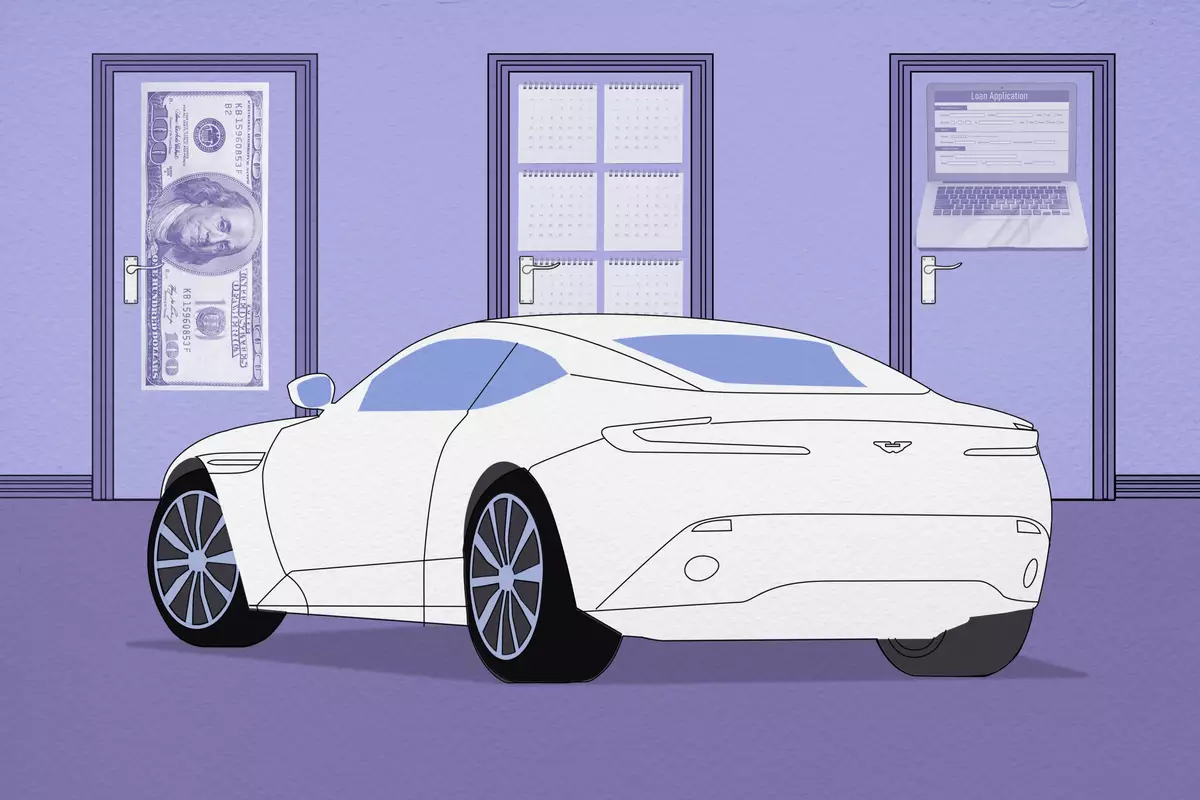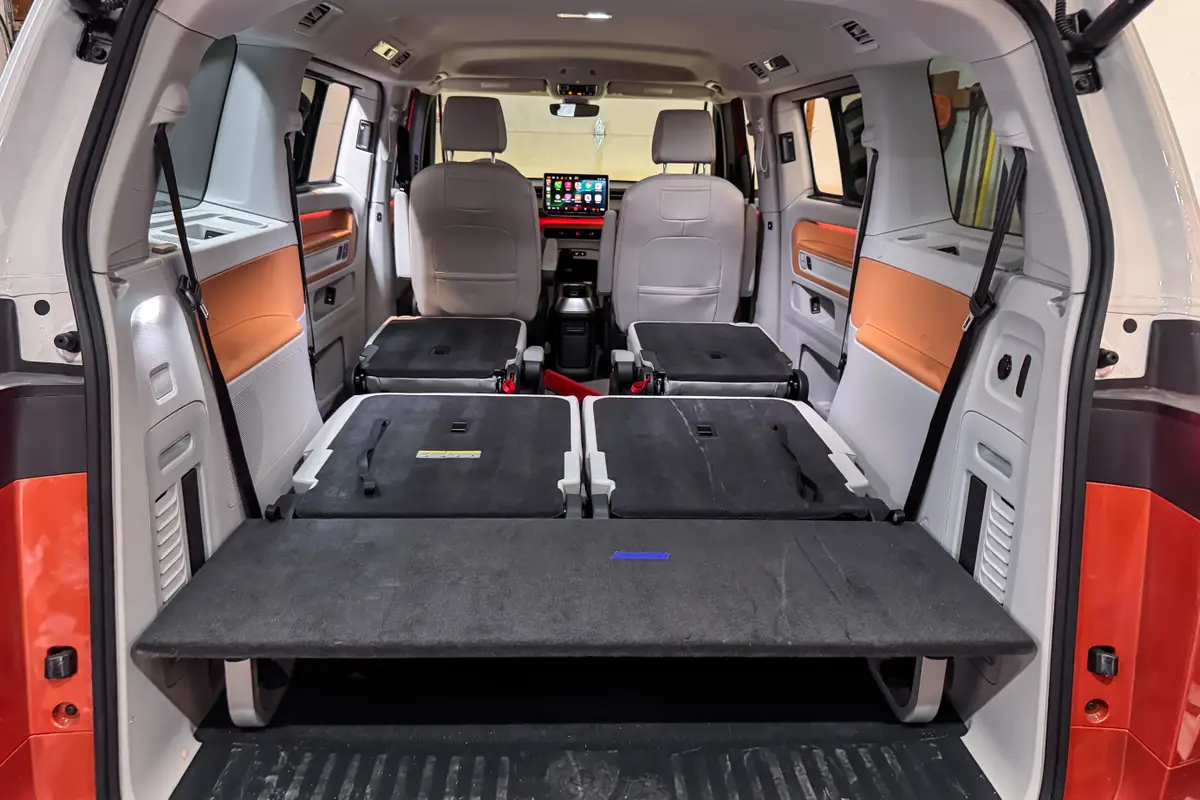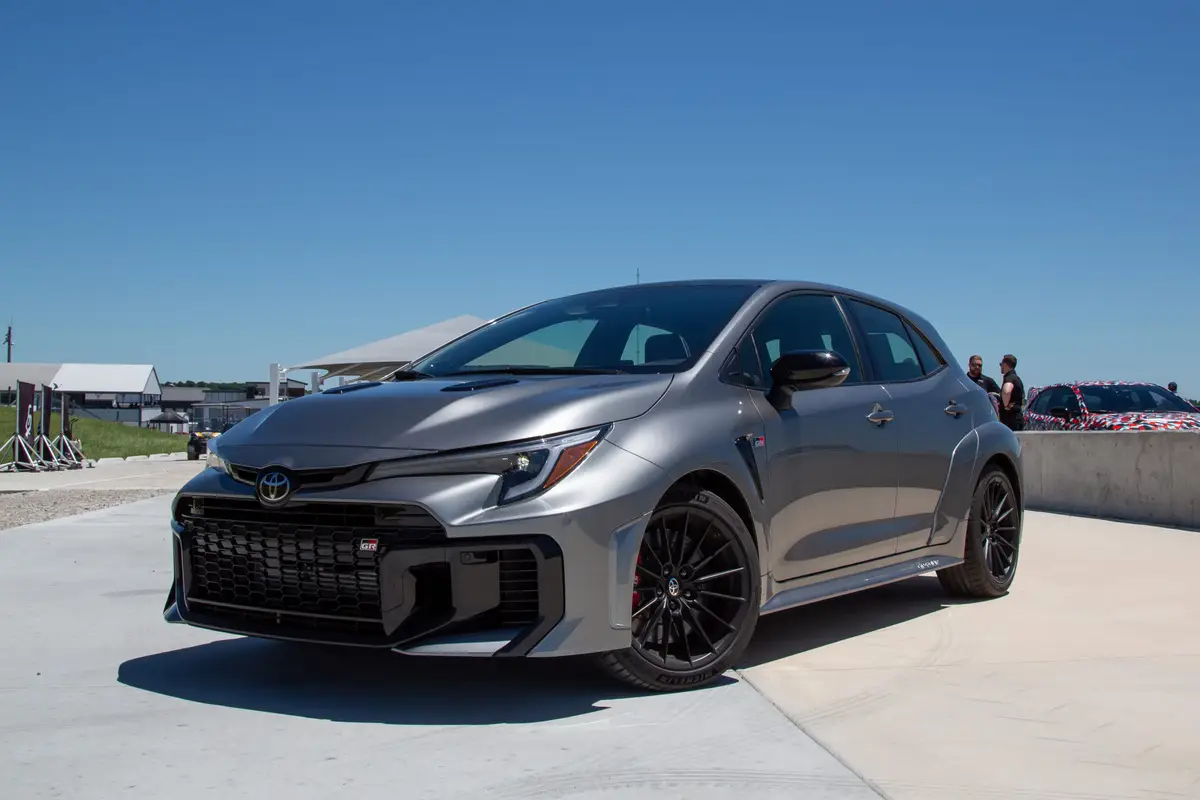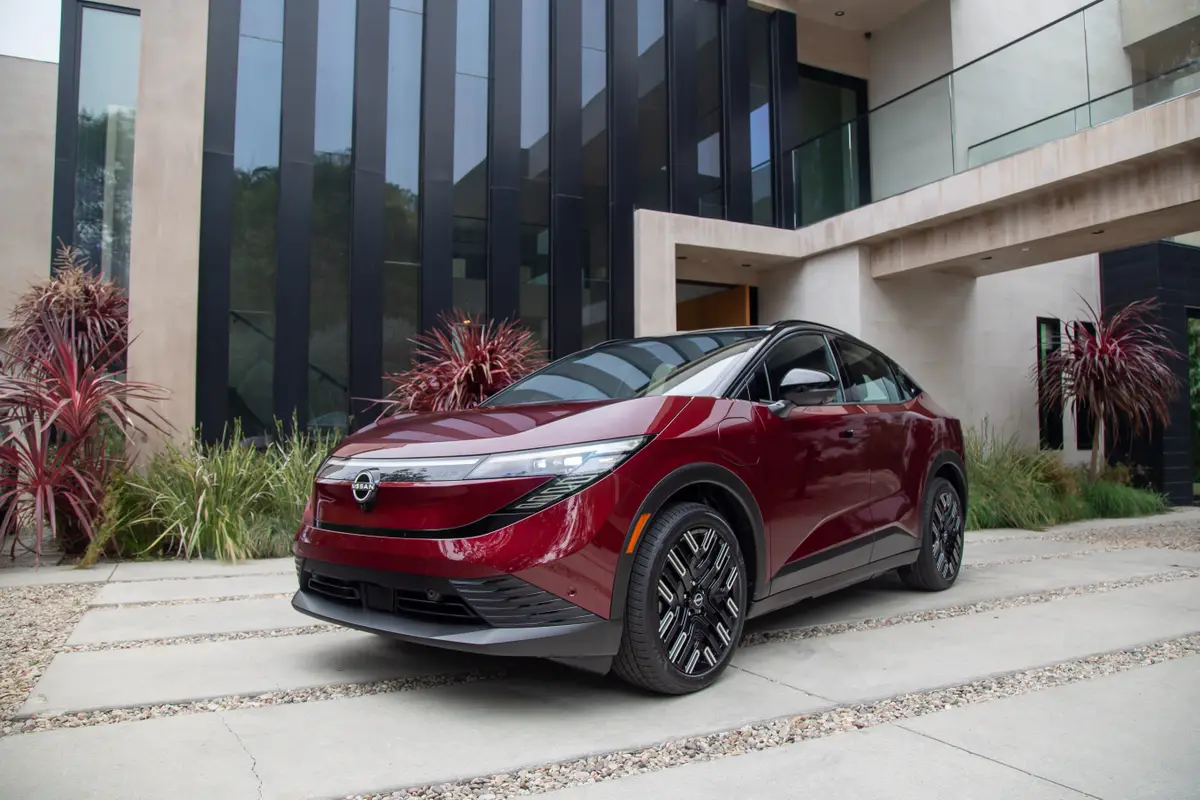Buying a Car: Cash, Lease or Loan?

Editor’s note: This article was last updated on Feb. 15, 2018. It has been reviewed by Cars.com Senior News Editor Jennifer Harrington and is still accurate.
You’ve found the right car; now you need to figure out the right way to pay for it. Historically, most people finance their cars, some lease and a very few pay with cash. Each method has its advantages and disadvantages, but choosing the right way to pay for your car depends on the type of car you’re getting, how long you want to own it, how much cash you have and your credit score.
Related: How to Win the Car Financing Game
Paying Cash
This eliminates your interest costs and finance fees, which can add thousands of dollars to a car’s purchase price. When you purchase a car with cash, you can do whatever you like with it for as long as you’d like. Paying this way can make it easier to sell your car. When you get a car loan, the bank holds the title, which can complicate the selling process if you want to change cars before you’ve finished paying it off. Paying the entire price up front also means you won’t have to make monthly car payments, which keeps it off of your monthly budget.
The downside? If you pay cash, paying this way will likely take a big bite out of your savings and, if a rainy day comes along, you could wind up in financial trouble. Remember also that you’re using your hard-earned money on an asset that loses value as it ages.
Leasing
If you’re someone who likes a new car every few years, leasing might be for you. Leasing is like renting an apartment: Your monthly payment gives you a car to drive, just as rent gets you a place to live. Unlike the apartment, there’s a set time period for how long you can use the car. Auto leasing is available through banks, credit unions, finance companies and even the automakers themselves. At the end of the lease, you choose whether you would like to purchase it or swap it for a newer vehicle.
With a lease, your car will likely always be under warranty, so any mechanical problems should be covered. Also, monthly lease payments are typically cheaper than monthly payments for a car that you’re buying outright.
In addition, lease payments can be deducted from your taxes if you use your car for business more than 50% of the time; check with your accountant for details. There are also tax deductions for financing a business vehicle, but they’re not as great as lease deductions, especially for more expensive vehicles. That’s because you can deduct a certain percentage of your lease payments no matter how high those payments are. Deductions for a financed car have limits.
Experts say that many shoppers who lease drive away without making a down payment, whereas a loan typically requires a 10% to 15% down payment. Remember, the down payment for a lease can be negotiated, and the monthly payment can be negotiated as well. Also, you won’t ever have to worry about selling or trading in the car when you’re done. Just return it to your dealer at the end of the lease (unless you opt to purchase it).
On the downside, once you return the car, you’ve got no equity left and you’ll have to start over. Frequently, if you liked your leased vehicle, you can pay off its remaining value, but that can cost a lot.
Leasing companies set your lease payments based on the car’s residual value, which is the value that the firm believes your car will have when the lease ends. Those are often higher than what the car is actually worth on the market, experts say, so you should beware.
For many leases, the annual mileage allotment on a leased vehicle is typically limited to a range of 10,000 to 15,000 miles a year, so make sure you know your driving habits before committing. Going over your allotted mileage can result in stiff fines, so if you drive more than 15,000 miles a year, leasing probably won’t make economic sense. Additionally, a lease agreement may also require you to carry more than basic car insurance; the company that finances your lease will usually want you to have complete coverage.
Lease payments allow for basic wear and tear, but if there are any scrapes or excessive wear on your leased vehicle, you’ll have to pay for those yourself. If you fail to do so before the lease ends, penalties await you. Leases usually forbid any sort of vehicle modification, so if you’re dead set on installing fancy 20-inch wheels or a 1,000-watt stereo, leasing isn’t a good option for you.
More From Cars.com:
- First-Time Buyers: Should I Lease My Car?
- How to Get a Car Loan
- Can You Buy a Car With a Credit Card?
- First-Time Buyers: How Much Should I Spend on My Car?
- More Car-Buying Advice
Financing
Most Americans choose to pay for their car through loans, or making monthly payments for a set number of months. Like leasing, financing is available through credit unions, automakers, banks and financial companies. The great thing about getting a loan is that you’re using someone else’s money to pay for your car, freeing up your money for whatever else you need. Unlike a lease, once you’ve made all of the payments, you own the car for good.
There are 0% loan deals out there, typically from automakers and their lending divisions, that can make getting a loan cost almost the same as paying upfront, just over time.
Of course, the availability of attractive loans depends on your credit rating: The better your score, the higher your chances of getting the best terms from a lender. If you have too low a score, you may find it hard to get a loan on terms that you find acceptable.
If you want to buy a new car before you’ve paid off your old one, your options may be limited, especially if you’re upside down on your existing car loan (meaning that you owe more than your car is worth). Check with potential lenders to see what’s feasible before you search for a car.
Once you’ve been approved for financing, you should realize that you won’t actually own the car outright until you’ve finished making payments. If you decide to sell your car while someone else still holds the title, the process can be difficult and will require your lender’s involvement.
Unlike some lease deals, where no down payment is required, financing deals often require a substantial down payment: Creditors can ask from 10% to 20% down.
Financing typically takes more per month out of your budget than leasing does. Remember, though, that unlike a lease, you’ll still have your car at the end of a financing deal. Many lenders are offering longer loan periods as a way to bring monthly payments down; the average new-car loan now exceeds 60 months.
Related Video:
Cars.com’s Editorial department is your source for automotive news and reviews. In line with Cars.com’s long-standing ethics policy, editors and reviewers don’t accept gifts or free trips from automakers. The Editorial department is independent of Cars.com’s advertising, sales and sponsored content departments.
Featured stories




